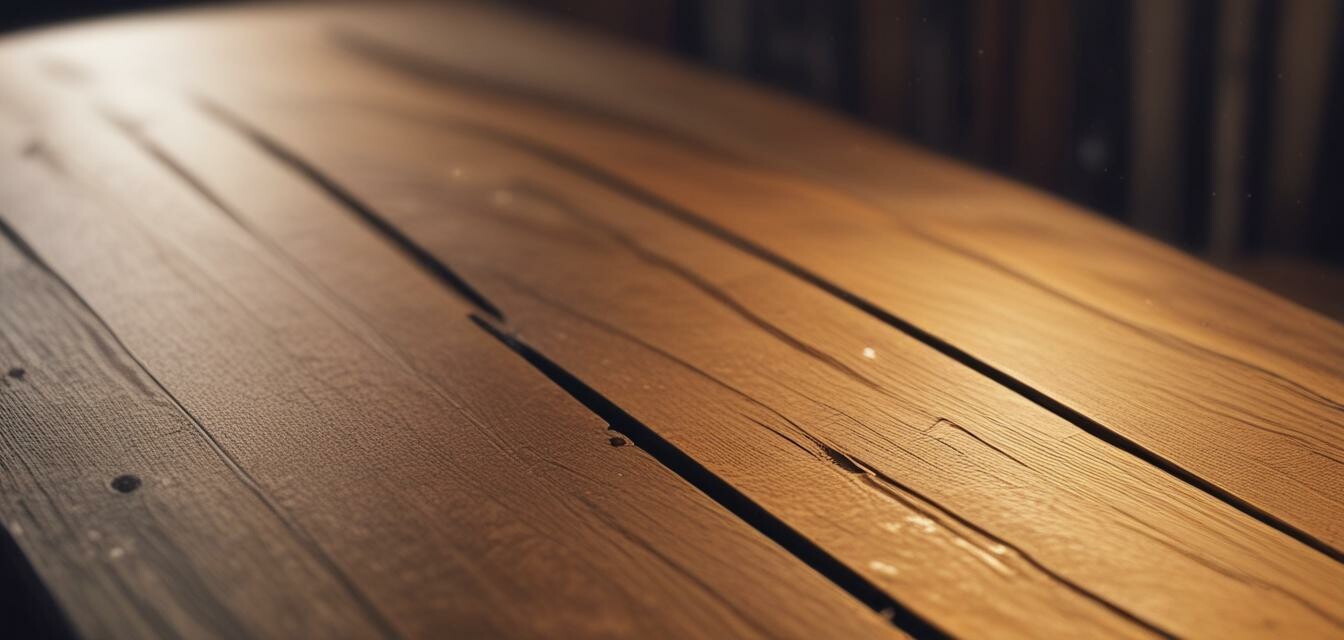
Trends in Eco-Friendly Wood Finishes for 2024
Key Takeaways
- Natural wood finishes are becoming increasingly popular for their eco-friendliness.
- Consumers are seeking finishes that enhance wood beauty while ensuring sustainability.
- Innovations in wood finishing techniques are transforming the market.
- Expect to see more certification labels indicating eco-friendly practices in 2024.
- Emphasis on local sourcing and minimal processing is on the rise.
As we welcome 2024, the woodworking industry continues to evolve towards more sustainable practices. The shift towards eco-friendly wood finishes is not simply a passing trend; it reflects broader consumer awareness about environmental issues and a desire to make responsible purchasing choices. This article will explore the latest trends in eco-friendly wood finishes, how they are changing our approach to woodworking, and why they matter.
Why Choose Eco-Friendly Wood Finishes?
Eco-friendly wood finishes offer several advantages, including:
- Sustainability: Made from renewable resources and materials.
- Low VOCs: These finishes release fewer volatile organic compounds, which are harmful to both health and the environment.
- Durability: Many eco-friendly options are incredibly durable and can enhance the longevity of wood products.
- Aesthetic Appeal: These finishes often highlight the natural beauty of wood without the need for synthetic alternatives.
Popular Eco-Friendly Wood Finishes
The market for eco-friendly wood finishes is growing, and here are some of the most popular options that consumers can expect to see:
| Finish Type | Description | Popularity |
|---|---|---|
| Natural Oil Finishes | Composed of natural oils such as tung and linseed, these finishes penetrate wood and enhance its grain. | High |
| Beeswax | This natural wax provides a protective layer while nourishing the wood's surface. | Moderate |
| Water-Based Finishes | These finishes have low VOC content and dry quickly, making them popular for indoor use. | High |
| Plant-Based Varnishes | Made from renewable plant resources, these varnishes provide a tough, protective coat. | Growing |
Innovations Driving the Trend
Several innovations are steering the demand for eco-friendly wood finishes. Here are a few key developments:
- New Extraction Techniques: More efficient ways of obtaining oil or resins from natural sources are gaining traction.
- Improved Formulations: Advances in mixing naturally sourced ingredients lead to formulations that outperform traditional finishes.
- Biodegradable Solutions: Products that break down easily at the end of their life cycle are becoming more available.
How to Identify Eco-Friendly Wood Finishes
Not all wood finishes marketed as eco-friendly are created equal. Here’s a guide to help you identify the best options:
Tips for selecting eco-friendly wood finishes
- Look for certification labels such as Sustainable Forest Initiative (SFI) or Forest Stewardship Council (FSC).
- Check the product’s VOC content; lower is better for health and environment.
- Research the source of ingredients to ensure they are derived from sustainable practices.
Market Trends and Consumer Preferences
As consumers become more eco-conscious, their preferences are impacting market trends:
- Demand for Transparency: Customers want to know where their finishes come from and what they contain.
- Preference for Local Products: There’s a movement towards choosing locally sourced materials to reduce carbon footprints.
- Increased Interest in DIY Projects: More people are engaging in woodworking at home, further driving the demand for eco-friendly options.
Final Thoughts
As we move into 2024, the trend towards eco-friendly wood finishes is anticipated to grow, fueled by consumer demand for sustainability and beauty in their wooden products. Whether choosing products for home décor or DIY projects, making informed decisions can positively impact both your environment and the aesthetics of your home.
Pros
- Sustainable and environmentally friendly options available.
- Enhances the natural beauty of wood.
- Reduces health risks due to lower VOC levels.
- Increases the longevity of wooden products.
Cons
- May require more frequent reapplication compared to synthetic options.
- Some eco-friendly finishes may have longer drying times.
- Potentially higher cost for premium natural products.
Explore More
If you’re interested in diving deeper into eco-friendly practices in woodworking, check out our Buying Guides or learn more about the latest trends in woodworking on our News and Trends page.